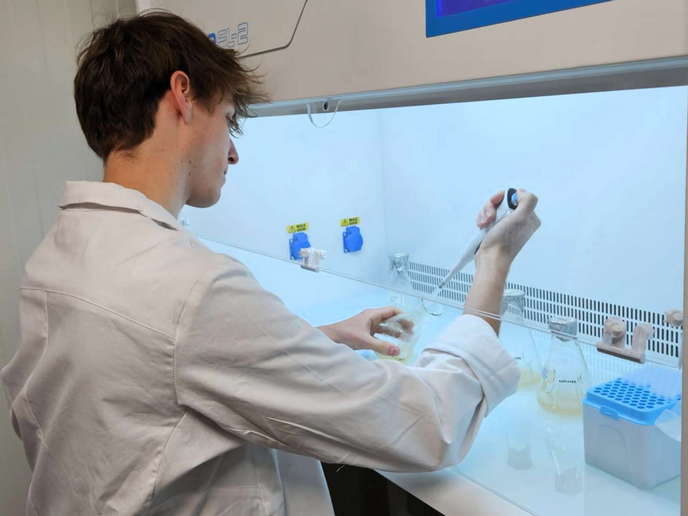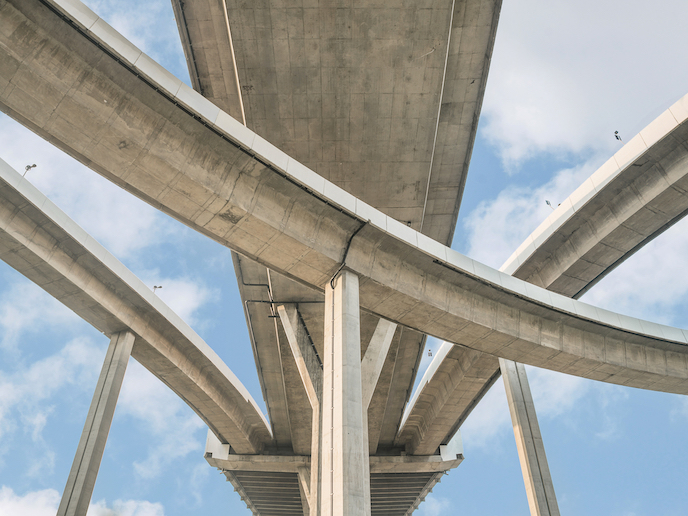Eco-friendly aluminium coating process
Surface finishing is critical to the stability and performance of numerous metals in a variety of applications. Electroplating using hexavalent chromium has been the treatment of choice for parts in harsh environments, but the aerospace industry must now find an eco-friendly alternative. Europe has led the way both in restricting use to protect health and the environment and in finding alternatives to support the competitiveness of its industries. The EU supported the project VALIDATETSAA (Validate of TSAA coating technology. Development of procedures and standards manual. Technical and economical study) to strengthen the position of the promising alternative 'Tartaric sulphuric acid anodising' (TSAA) for aluminium alloys in the aircraft industry. In TSAA, tartaric acid is added to sulphuric acid anodising baths, generating a porous film that protects against corrosion resistance. Scientists set out to validate on an industrial scale a novel TSAA process, including pre- and post-treatment of aluminium. Scientists developed pre-treatment procedures for inspection and cleaning of parts before anodising. Process parameters including time, temperature, bath concentrations and electrical parameters for anodisation (electrochemical conversion to form the porous oxide coating) were then optimised. Post-treatment consisted of hot-water sealing, a critical last step closing the porous aluminium oxide layer after anodising. In addition to the technical requirements, researchers also conducted economic, safety and risk analyses. The team evaluated chemical usage in light of compliance with the European Commission's Regulation on Registration, Evaluation, Authorisation and Restriction of Chemicals (REACH). It also considered exhaust fumes (especially in the working area), waste and wastewater output. Recycling routes for wastewater and chemicals were also suggested, while risk analysis focused on occupational health risks. Failure tree analysis, design review based on failure mode, and a failure modes and effects analysis were performed as well. These enabled identification of potential failure modes and the importance of each. The detailed manufacturing plan and manual of process procedures and standards delivered will enable increased use of lightweight aluminium alloys in harsh environments without the use of harsh chemicals. This will enhance the competitiveness of EU aerospace manufacturers and environmental and occupational health and safety.
Keywords
Aluminium, coating, chromium, corrosion protection, aerospace, tartaric sulphuric acid anodising







